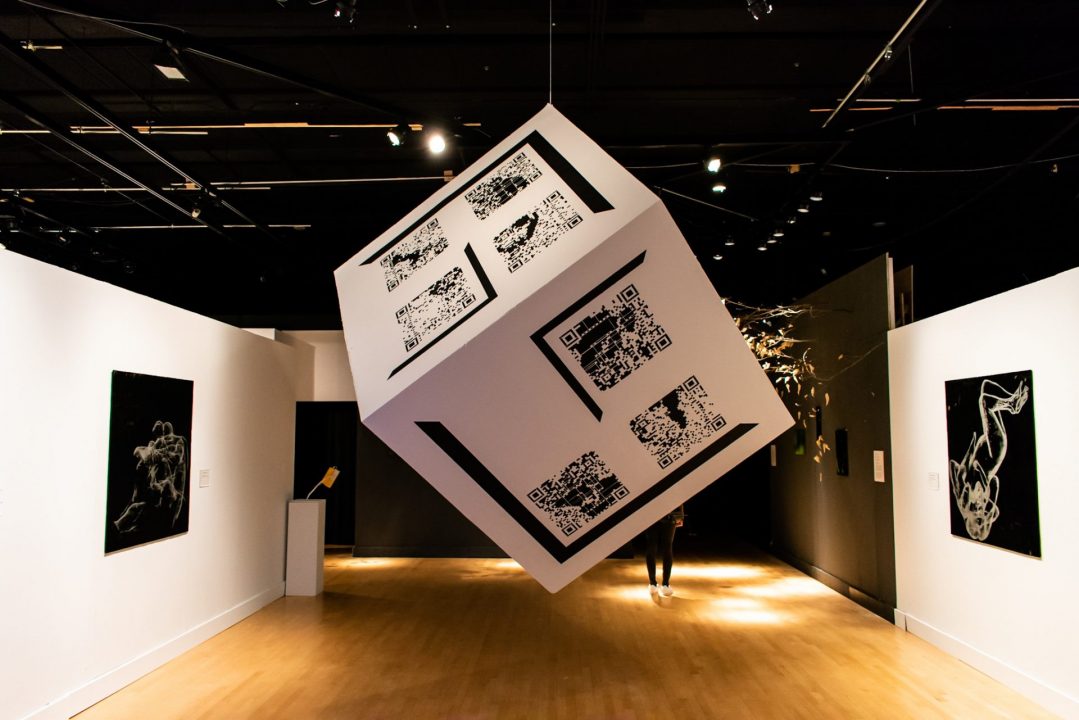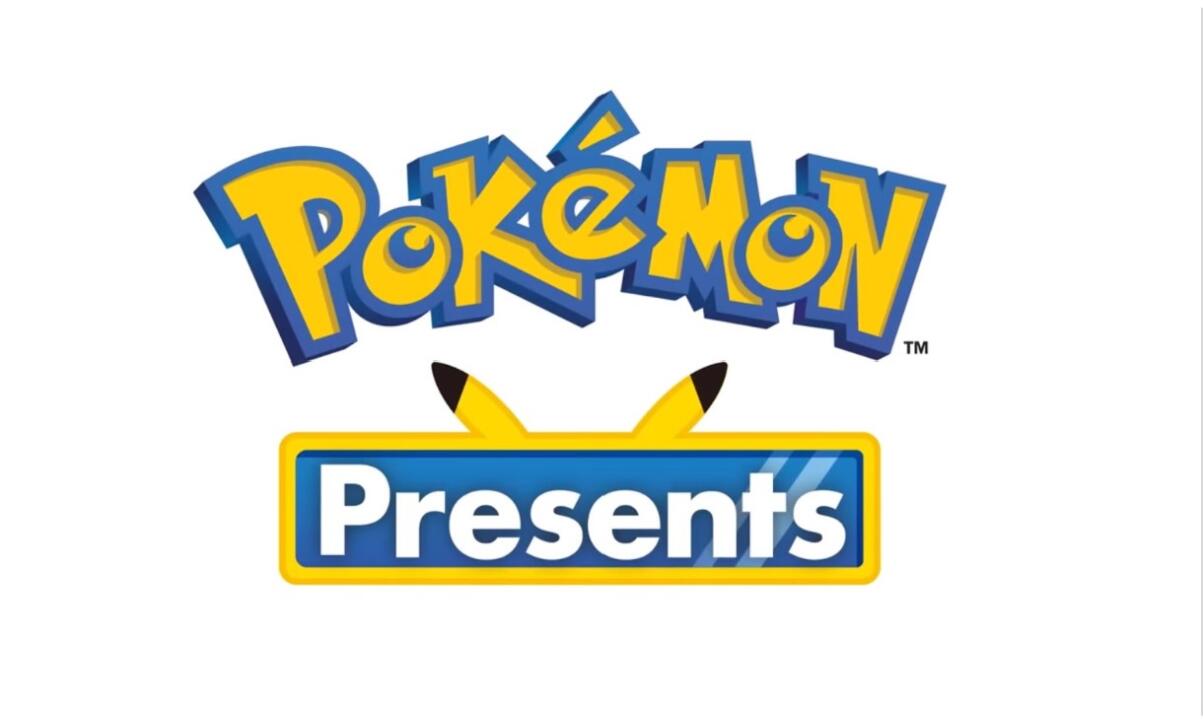The culmination of a Master’s thesis brings feelings of accomplishment to the students who complete this next step of their educational careers. In the Center for Art, Design and Visual Culture (CADVC), spectators were able to view the theses of graduate students studying Intermedia and Digital Arts within the annual exhibit, which this year is called “Lucky Suns.”
Entering the exhibit, one sees a suspended cube with multiple QR codes on each face at the midsection of the gallery. This figure, along with a luminescent humanoid figure and its 3D scans, is the work of Jeffrey Gangwisch. When asked about the inspiration for his thesis piece, Gangwisch said he was interested in creating an “intersection of technology, interface, plane and flesh.”
Mollye Bendell mystifies viewers with her virtual reality crystal ball experience, “Wander/Wonder.” The “Wonder” aspect of the piece is the virtual reality aspect, which can be viewed one spectator at a time. Within the oculus, one can view a neon, spectral environment resembling nature. The other spectators see a projection of a map of Baltimore without any buildings but with psychic viewer storefronts. The crystal ball is what connects both views together, as it controls the movement of both illusions.
Christopher Kojzar centers his thesis on observing work environments and commuter culture. In the middle of his section hangs two suspended dice. Within the spots of the first die, one can see a looped video of Kojzar getting ready for work during his commute. The second die shows an amalgamation of the the recreation he could be enjoying instead within Baltimore. It is this message of enjoying your environment that holds Kojzar’s thesis.
Mitchell Noah notably gives light to public service in Baltimore’s streets in his thesis. On the side of Noah’s section, a blue and orange broom with three handles stands, entitled “BW3H.” As a companion piece, there is a looped video of Noah and 2 others sweeping a Baltimore street. Framed as well are photos of the police using brooms and other such cleaning utilities to subvert the stereotypical view of how officers serve their community.
Parastoo Aslanbeik constructs her piece, “Wispobish,” using themes from Persian mythology and recent events such as the 2017 travel ban and other immigrant struggles. As the term refers to a powerful tree, Aslanbeik’s exhibit consists of two “mother trees” honoring immigrants’ difficult journeys to America, along with recordings of their voices in different languages. The first tree’s blocks are branches and white cardboard boxes, symbolizing the remnants immigrants have of home. The second tree holds suspended photos made using the wet plate collodion process, preventing the possibility of them being copied. These pictures represent the unique histories each immigrant holds to themselves.
Idil Yakut sets sights on the limitations of translation with her thesis. Spectators can see a looped video, entitled “Echoes,” of a woman speaking, and while they may sense her emotion, one could hardly hear her words. There were also suspended notes — “Essaie” — of sayings translated to English. The differences in word length of these messages begs a viewer to ask what was lost in translation.
Finally, MJ Neuberger’s work, “Mending Nona’s Piña,” utilizes technology, cloth and water to create contiguous tears that represent what Native Americans may feel due to the colonization of their homeland. Neuberger also weaves her hair into other pieces as a way to connect herself to the branches excavated from secret shrines and the healing rituals related to her work.
All these pieces spoke to the insights and minds of the Intermedia and Digital Arts graduate students, with more to see and ponder on at the exhibit. These theses were constructed with thought and fervor and will continue to be displayed in the CADVC until April 25.


